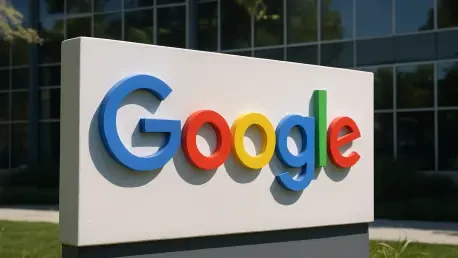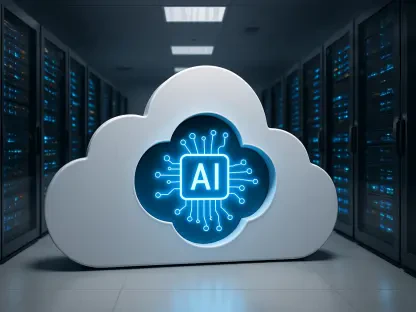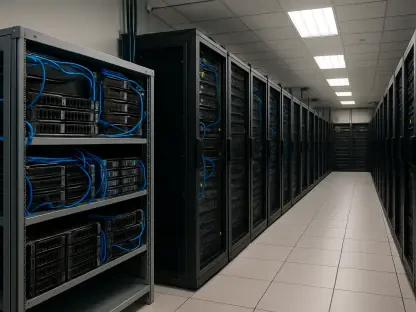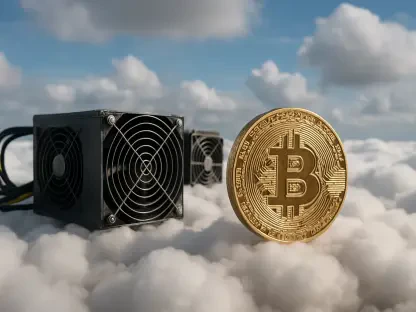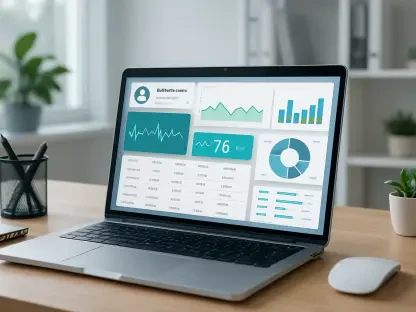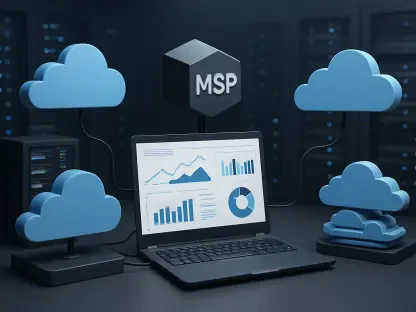In the rapidly shifting landscape of blockchain technology, a compelling rivalry has emerged that captures the attention of industry watchers and financial innovators alike. Google Cloud Universal Ledger (GCUL), a permissioned layer-1 blockchain introduced by Alphabet, has stepped into the arena with bold promises of transforming institutional finance through unmatched security, scalability, and regulatory compliance. Meanwhile, Ripple’s XRP, a veteran in the realm of global payments and decentralized finance (DeFi), continues to hold a strong position with its proven efficiency and widespread adoption. This comparison isn’t merely about declaring a winner; it’s about dissecting how these two distinct technologies address divergent needs within an industry that’s diversifying at breakneck speed. As blockchain continues to reshape how transactions and data are managed, understanding the unique strengths and limitations of GCUL and XRP offers critical insight into the future of digital finance and the broader adoption of distributed ledger systems across varied sectors.
Institutional Innovation: Unpacking Google Cloud Universal Ledger
The arrival of Google Cloud Universal Ledger marks a significant milestone for enterprise-focused blockchain solutions. Backed by Google’s trillion-dollar infrastructure, GCUL is engineered to cater to the stringent demands of financial institutions, prioritizing privacy, security, and regulatory alignment. Its permissioned structure ensures that only vetted participants can access the network, making it an ideal choice for banks and large organizations handling sensitive data. Key features like Python-based smart contracts and automated compliance tools—such as Know Your Customer checks—streamline complex processes. Additionally, its capability for real-time asset tokenization and settlements positions it as a game-changer for wholesale payments. A notable partnership with CME Group to test tokenized futures settlements demonstrates its potential to slash reconciliation times, addressing long-standing inefficiencies in traditional financial systems like SWIFT.
Despite its impressive offerings, GCUL faces inherent challenges that could temper its broader impact. The permissioned model, while secure, restricts its reach to a select group of institutional players, potentially isolating it from the wider decentralized finance movement that values open access. The absence of a native token also means there’s no built-in mechanism for liquidity incentives, which could hinder user engagement beyond its closed ecosystem. Furthermore, with Google steering the ship, concerns about centralized governance loom large. Many in the blockchain community question whether such a powerful entity at the helm aligns with the fundamental ethos of decentralization that underpins the technology. While GCUL excels in controlled environments, its long-term adaptability in a world increasingly leaning toward open networks remains a point of debate among industry experts observing its rollout.
Borderless Efficiency: The Staying Power of XRP
XRP stands as a testament to the enduring value of public blockchain systems, particularly in the realm of cross-border payments. Designed for speed and cost-effectiveness, it can settle transactions in a mere three to five seconds at a fraction of the cost of traditional methods, a feat that has fueled its adoption through RippleNet. Its role as a bridge currency for fiat transactions makes it indispensable for financial institutions seeking seamless international transfers. Partnerships with major players like Santander and American Express further validate its credibility in the global market. Beyond payments, XRP has shown remarkable adaptability by expanding into DeFi through innovations like an Ethereum Virtual Machine sidechain, enhancing its utility for diverse applications. Its interoperability with over 60 blockchain networks via tools like Axelar underscores a versatility that keeps it relevant in an ever-evolving digital landscape.
Even with its strong track record, XRP has had to navigate significant hurdles, particularly around regulatory scrutiny from the U.S. Securities and Exchange Commission in earlier years. However, with those challenges largely resolved, a clearer path has emerged, boosting confidence among adopters, especially in emerging markets where affordable and rapid transactions are critical. XRP’s energy-efficient consensus protocol sets it apart from more resource-intensive blockchains, aligning with growing demands for sustainable tech solutions. Recent forays into real-world asset tokenization, such as U.S. Treasuries through collaborations with entities like Ondo Finance, highlight its forward-thinking approach. Unlike permissioned systems, XRP’s open network thrives on accessibility, empowering individuals and businesses in regions often underserved by traditional finance, thus cementing its role as a democratizing force in the blockchain space.
Divergent Paths: Coexistence in a Multipolar Blockchain Era
Rather than viewing GCUL and XRP as direct adversaries locked in a winner-takes-all battle, it’s more accurate to see them as complementary forces shaping distinct corners of the blockchain ecosystem. GCUL’s strength lies in its ability to provide a secure, regulated environment tailored for institutional needs, addressing pain points like compliance and data privacy that banks and large corporations prioritize. Its closed system ensures a level of control that risk-averse entities find reassuring, particularly for high-stakes operations such as wholesale payments or tokenized assets. However, this focus on a niche audience limits its scope in a world where decentralization and inclusivity are gaining traction. GCUL’s trajectory suggests a future where it dominates within elite financial circles, but its impact beyond those boundaries remains uncertain given its structural constraints.
XRP, by contrast, excels in fostering a borderless economy where low barriers to entry are paramount. Its public network caters to a global audience, from individuals in developing regions to financial institutions seeking efficient remittance solutions. The emphasis on interoperability and expansion into DeFi applications positions XRP as a dynamic player capable of evolving with industry trends. While GCUL hones in on institutional silos, XRP’s broad reach drives innovation in payments and beyond, reflecting the diverse needs of a multipolar blockchain future. The coexistence of these systems illustrates that blockchain technology isn’t a zero-sum game; instead, it’s an expansive field where specialized tools can thrive alongside accessible platforms. Looking back, the development of both technologies reveals a maturing industry that embraces varied solutions, setting the stage for sustained growth through targeted advancements.
Future Horizons: Navigating Blockchain’s Diverse Landscape
Reflecting on the evolution of blockchain, the distinct paths taken by GCUL and XRP highlight a broader trend toward specialization and coexistence. For stakeholders, the next steps involve assessing which platform best aligns with specific operational goals—whether that means prioritizing regulatory compliance with GCUL or leveraging XRP’s speed for global outreach. Financial institutions must weigh the benefits of a controlled environment against the flexibility of public networks. Meanwhile, developers and innovators are tasked with exploring how interoperability could bridge these worlds, potentially integrating aspects of both systems for hybrid solutions. As the industry progresses, monitoring partnerships and regulatory shifts becomes crucial to anticipate how each technology might expand its footprint. Ultimately, the journey of these platforms underscores that embracing diversity in blockchain applications is key to unlocking transformative potential across finance and beyond.
